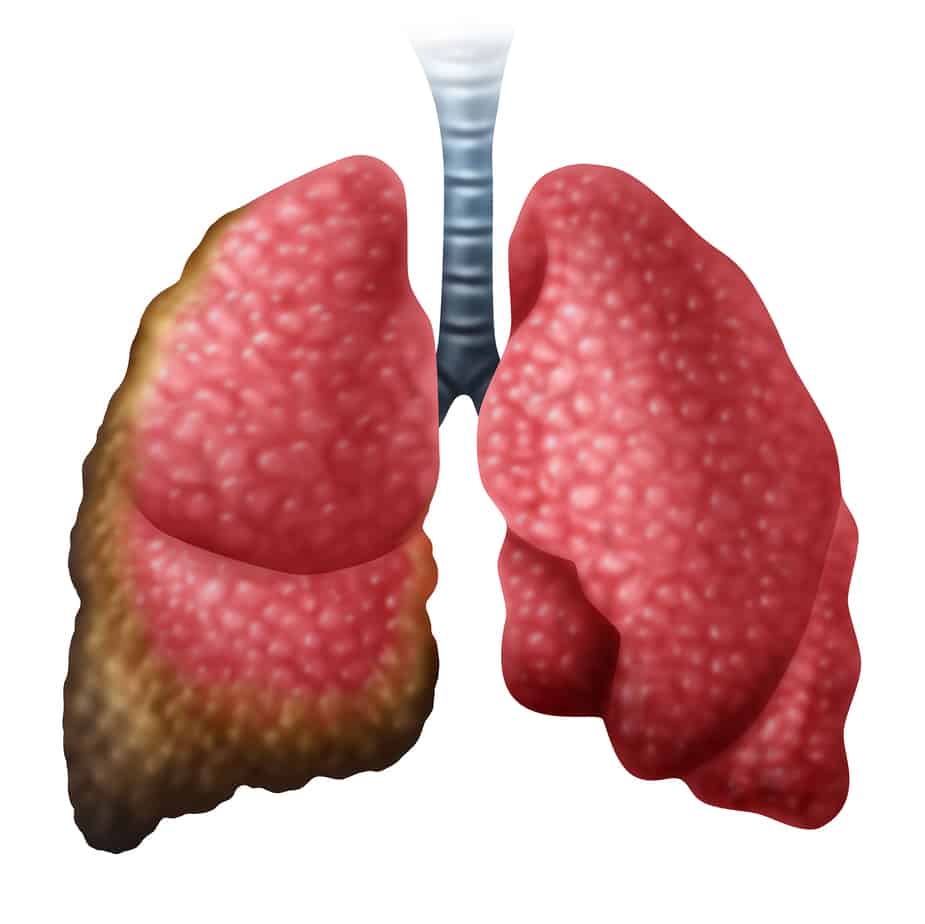A recent study from the University of South Wales and St. George Hospital in Sydney, Australia found that patients with peritoneal mesothelioma who underwent a second cytoreductive surgery had a median survival time of 92 months.
These same patients had a five-year survival rate of 71.8%.
The study, which was published in the Journal of Surgical Oncology in July 2019, highlighted the survival benefits of using perioperative intraperitoneal chemotherapy (PIC) and cytoreduction to treat a variety of cancers, including ovarian, colorectal, mesothelioma and appendiceal.
The study included 1,225 patients, with 101 of them having peritoneal mesothelioma.
With PIC, either hyperthermic intraperitoneal chemotherapy is used intraoperatively, or early postoperative intraperitoneal chemotherapy is used.
The cytoreduction procedure is a complex debulking surgery that can take as long as 12 hours to complete.
The patients with peritoneal mesothelioma cancer had a median overall survival rate of 60 months, a 3-year survival rate of 58%, a 5-year survival rate of 48% and a 10-year survival rate of 19%.
Peritoneal mesothelioma, which affects the lining of the abdomen, is less common than pleural mesothelioma, which affects the lining of the lungs. Treatments have thus far been more successful for peritoneal mesothelioma than with pleural mesothelioma.
There is no cure for mesothelioma, but this recent study found a cohort of patients who were essentially cured by using the combination of cytoreduction surgery and PIC.
The treatment combination appears to be most effective against those who were diagnosed in the bottom third of the peritoneal cancer index. For these patients, the three- and five-year survival rate was 100%. The 10-year survival rate was 87%.
Patients who were diagnosed in the upper third of the peritoneal cancer index had three- and five-year survival rates of 46% and 24% respectively.
According to the authors of the study, the female patients had significantly better outcomes than male patients.



